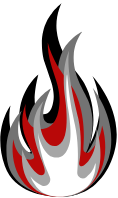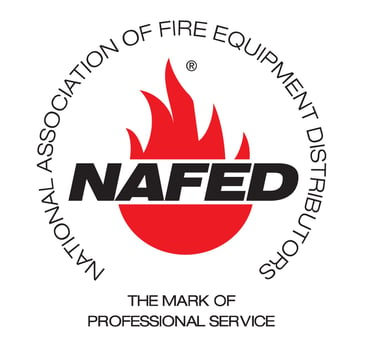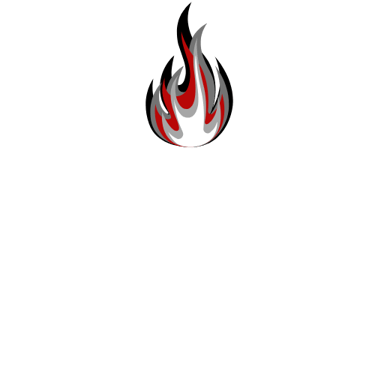Exit & Emergency Lighting
Ryan Bros Fire Protection handles everything testing, documentation, and repairs so your lights are reliable when it counts.
Fire Signs & Exit Signs
Ryan Brothers Fire Protection provides a full range of fire and exit signage to keep your facility safe and compliant. From illuminated exit signs and glow-in-the-dark stairwell markers to custom fire extinguisher and sprinkler signs, we offer solutions tailored to your building’s needs.Emergency Lighting
Reliable emergency lighting is crucial for meeting state codes, fire regulations, insurance policies, and OSHA standards. We provide affordable, energy-efficient solutions for all settings industrial, commercial, remote-capable, recessed, and wet locations.
City of Chicago Approved Signage
Protect lives and property with high-quality emergency lighting that meets Chicago’s strict code requirements.
Annual Testing
Emergency lighting and exit signs are vital for safe evacuation during power outages or emergencies. To stay compliant with NFPA 101 and the National Electrical Code, these systems must be tested and maintained annually not just installed and forgotten.At Ryan Brothers Fire Protection, we help building owners and facility managers stay compliant and ensure emergency lighting systems work when it matters most. We test, document, repair, and test emergency lights and exit signs to keep your building safe.
Battery backups and internal lighting can fail without regular checks—leaving your building vulnerable during an outage.
Don’t risk it. Contact us today to schedule an inspection or learn more.
FAQ
What type of testing does the fire code require?
Fire code mandates monthly inspections and a 30-second test of emergency lights and exit signs. Additionally, an annual test must run emergency lights on backup power for at least 30 minutes. All test records must be documented and available for fire inspectors.Why do I need to test the lights for thirty seconds?
Some batteries may light bulbs briefly due to a surface charge but fail quickly after. Testing for 30 seconds ensures the batteries can reliably power the lights during an emergency.The Ryan Bros Solution
Many buildings meet code for emergency lighting and exit signs but neglect regular testing, risking failure during emergencies. Facility managers often lack time or expertise to handle this critical task.Ryan Brothers Fire Protection takes the hassle off your plate by testing, documenting, repairing, and testing emergency lighting and exit signs keeping your building safe and fully compliant.
Let us be your solution — call us today!
Fire Protection
Fire Facts
Due to Chicago’s history with fires, the city enforces fire safety regulations that go beyond the International Fire Code® and NFPA 101®, Life Safety Code®. These stricter rules apply only within the City of Chicago.
The Great Chicago Fire of October 8, 1871 destroyed 17,500 buildings, left 90,000 homeless, and claimed up to 300 lives across 2,000 acres of Chicago.
On December 30, 1903, a fire at Chicago’s Iroquois Theatre claimed at least 605 lives, making it the deadliest theatre and single-building fire in U.S. history. The packed crowd of nearly 2,000 had too few exits—many were locked or hidden. Most victims died from trampling, crushing, or smoke inhalation. The tragedy led to nationwide fire code reforms, requiring clearly marked exits and outward-opening doors in all public venues.
On November 13, 1909, a fire at the Cherry, Illinois coal mine claimed 259 lives—some as young as 11. The tragedy led to major improvements in mine safety regulations.
On December 22, 1910, a fire at Chicago’s Union Stock Yards claimed the lives of 21 firefighters and 3 civilians when the building collapsed.
The June 5, 1946 La Salle Hotel fire in Chicago claimed 61 lives, many of them children. Along with the Winecoff Hotel fire in Atlanta later that year, it led to major updates in Chicago’s fire codes and emergency response procedures.
The 1958 Our Lady of the Angels School Fire tragically claimed the lives of 92 children and 3 nuns, injuring over 100 others. Blocked exits and intense smoke forced many to jump from second-story windows. The tragedy made global headlines and led to major reforms in school fire safety, bringing over 16,000 older U.S. school buildings up to code within a year.
"The January 30, 1976 Wincrest Nursing Home fire in Chicago claimed 23 lives—all due to smoke inhalation. Though the building had minor damage, the tragedy led to major improvements in the city’s fire safety codes.
Contact
© Copyright 2025 Ryan Brothers, LLC






